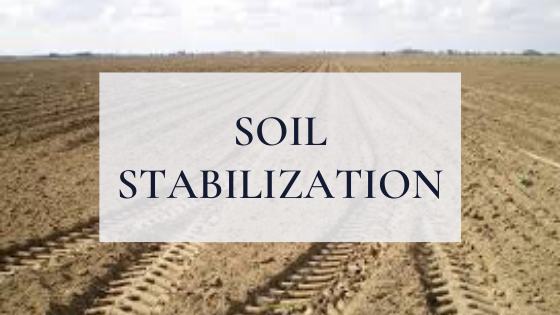The pavement is a hard solid layer constructed over the natural soil for the purpose of providing a stable, even and smooth surface for the movement of vehicles. The pavement supports and distributes the wheel loads and provides a good wearing surface.
Types of Pavements
The pavement is basically of three types:
- Flexible pavements
- Rigid pavements
- Semi-flexible pavements
Flexible Pavement:
The flexible pavement is built up in several layers. The natural soil below the pavement is known as sub-grade. Sub-base is built over the sub-grade and the base is constructed over the sub-base. The top layer is known as surfacing, which is usually bitumen.
The flexible pavement can resist only very small tensile stresses because of limited rigidity. Any deformation of the sub-grade results in a corresponding change in the surface of the pavement.
Rigid Pavement
The rigid pavement is made of cement concrete. As the concrete layer is quite strong, the sub-base may not be required. The rigid pavements have high flexural strength and can resist very high tensile stresses. The pavements are capable of bridging small depressions in the subgrade.
Semi-flexible Pavement:
With the methods of construction and the design of various types of pavements. As the space is limited, the treatment is necessarily elementary. For more details, a reference may be made to advanced works on pavement design.
Basic Requirements of Pavements
- The basic requirement of a good pavement is to provide a stable, non-yielding surface for the movement of heavy vehicles.
- The pavement surface should be even along the longitudinal profile to have the least rolling resistance so that fast, heavy vehicles can move safely and comfortably.
- A pavement layer that distributes the wheel load through the largest area per unit thickness of the layer is the most efficient.
- The pavement layers should not be over-stressed.
- The deformations on the pavement must be kept within the permissible limits.
- The pavement should be constructed above the maximum level of the groundwater table to keep it dry with a proper drainage system.
Functions of Different layers of Pavements
Different components of the pavement have the following characteristics and functions.
Sub-grade:
- Sub-grade is the layer of natural soil over which the other layers of the pavement are supported.
- Strong enough to take up the stresses imposed due to the loads without shear failure
- Compact at least top 50 cm layer of sub-grade under controlled conditions of optimum water content at maximum dry density.
- Essential to evaluate the properties of sub-grade required
Sub-base and Base Courses:
- Provide a medium spread to wheel loads to the sub-grade
- Usually consists of broken stones, bricks or aggregates
- Boulder stones, bricks on edges and stabilized soils are also used for sub-bases
- Inflexible pavements it improves the load-supporting capacity of the sub-grade by distributing the load over the large area
- In rigid pavements, it helps in preventing the pumping out of the soil from below
Surface course:
- Used to give smooth riding surface and to resist the pressure exerted by the wheels
- Provides a water-tight barrier against the infiltration of surface water
Factors affecting Pavement Design
The factors affecting the design of pavement are discussed below:
- Wheel Load: The wheel load affects the thickness of the pavement layers. The design wheel load should be determined after taking account of the actual wheel loads of the various vehicles, the contact pressure of tyres, repetition of loads, their dynamic effects etc.
- Sub-grade: The thickness of pavement depends upon the properties of the sub-grade. A thicker pavement is required for a weaker soil.
- Climate: The climate can affect the moisture content in the soil which affects the strength. Additional warping stresses are caused by temperature changes in rigid pavements.
- Pavement materials: The behaviour of the materials used also affect the pavement. The aggregates should be hard, strong and of the required size and gradation to bear the stresses.
- Location: The design should be done considering the location. The height of embankment, the depth of cutting, level of water table should be considered.


